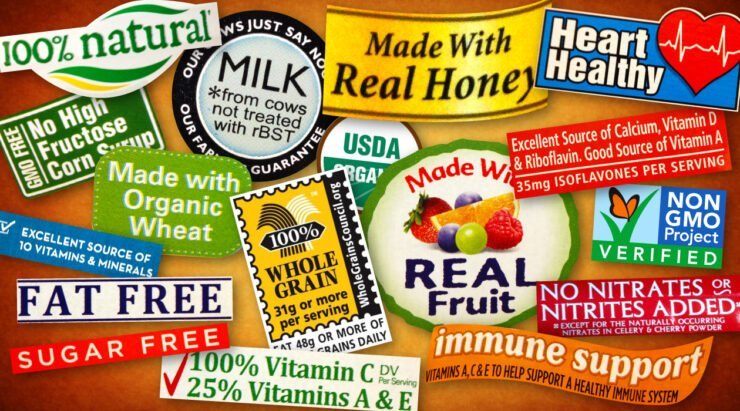In today’s food landscape, navigating the grocery store aisles can feel like a daunting task, especially when faced with an overwhelming array of products adorned with claims of being “all-natural,” “low-fat,” or “heart-healthy.” But behind these enticing labels often lies a web of misinformation and marketing tactics designed to make unhealthy foods and drinks seem healthy. In this blog, we’ll explore how food companies use these strategies to deceive consumers, delve into the regulations surrounding food labeling in the US and other countries, discuss what consumers and governments are doing to fight back, and ponder whether food manufacturers will ever stop their deceptive practices.
The Deceptive World of Food Labeling
Food companies are masters at using misleading labels and marketing buzzwords to lure consumers into believing that their products are healthier than they really are. Terms like “natural,” “organic,” and “low-fat” are often slapped onto packages to create an illusion of healthfulness, even when the products contain high levels of sugar, salt, unhealthy fats, and artificial additives. Additionally, labels may highlight certain nutrient claims while conveniently omitting less favorable aspects of the product, leaving consumers with a skewed perception of its overall nutritional value.
Regulations Surrounding Food Labeling
In the United States, the Food and Drug Administration (FDA) regulates food labeling to ensure that products are accurately labeled and that claims made on packaging are truthful and not misleading. However, the current regulatory framework allows food companies to exploit loopholes and use vague or ambiguous language to make exaggerated or deceptive claims. For example, terms like “natural” and “healthy” have loose definitions and are not strictly regulated, allowing companies to use them freely without meeting any specific criteria.
Similarly, other countries have their own regulatory bodies responsible for overseeing food labeling and advertising. For instance, the European Union’s European Food Safety Authority (EFSA) sets guidelines for food labeling and nutrition claims, aiming to ensure that information provided to consumers is clear, accurate, and evidence-based.
Fighting Back Against Deceptive Practices
Consumers and advocacy groups are increasingly pushing back against deceptive food labeling practices, demanding greater transparency and accountability from food companies. Some grassroots movements and online platforms have emerged to educate consumers about reading food labels and deciphering marketing tactics. Additionally, some governments have introduced stricter regulations or proposed labeling reforms to curb misleading claims and empower consumers to make more informed choices.
Front-of-package labeling, including initiatives like the octagonal label, serves as a valuable tool for parents in making informed food choices for their families. This labeling system, adopted by countries such as Chile and Mexico, prominently displays octagonal warning labels on packaged foods high in critical nutrients like sugar, salt, and saturated fats. These labels alert consumers to the nutritional content of products at a glance, empowering parents to quickly assess the healthfulness of food items and make healthier choices for their children. By providing clear and concise information on the front of packages, these labeling systems help parents navigate the often confusing array of products on store shelves, promoting better dietary habits and overall health outcomes for families.
Will Food Manufacturers Stop the Deception?
While there is growing pressure on food manufacturers to clean up their act and provide more transparent and honest labeling, the reality is that deceptive marketing tactics can be highly profitable. As long as there is a demand for quick-fix solutions and convenient processed foods, some companies may continue to prioritize profits over public health, perpetuating the cycle of deception. However, with increased consumer awareness and advocacy efforts, there is hope that food manufacturers will be compelled to adopt more ethical and responsible practices in the future.
In a world inundated with misleading food labels and deceptive marketing tactics, it’s more important than ever for consumers to be vigilant and informed. By learning how to read food labels critically, questioning marketing claims, and advocating for greater transparency and accountability, we can empower ourselves and our families to make healthier choices. While the road ahead may be challenging, together, we can work towards a future where food labels accurately reflect the nutritional content of products and where the health and well-being of consumers take precedence over profits.

